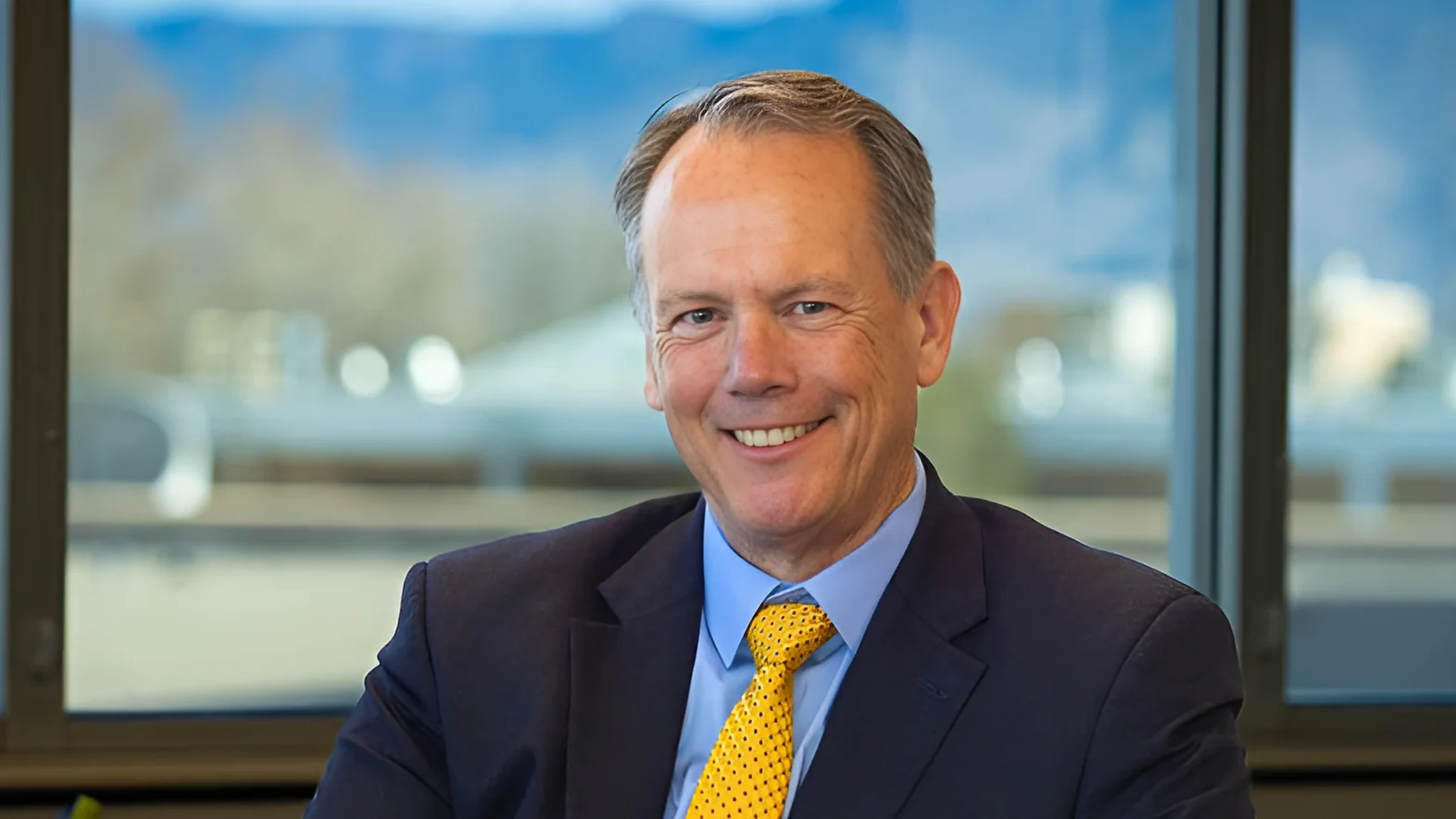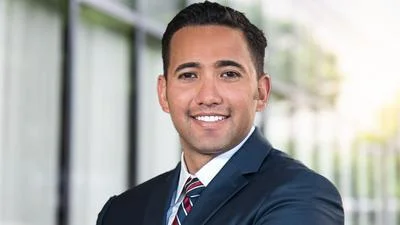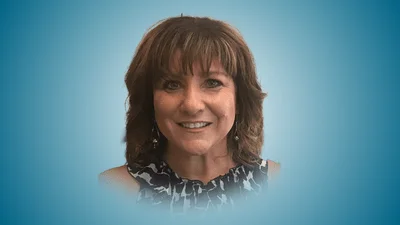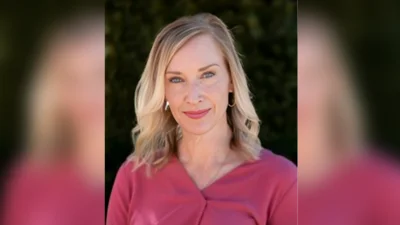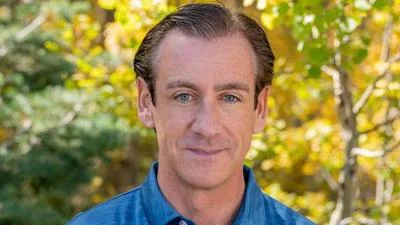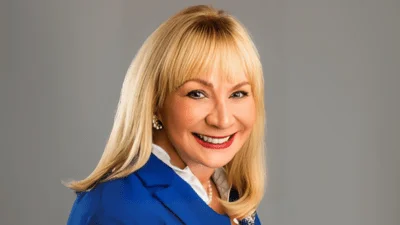When patients visit The University of New Mexico Hospital, they may be seen by a resident physician—doctors who have completed medical school and are now receiving advanced training under faculty supervision. Residents play a central role in the hospital’s team-based care model, providing direct patient care while developing the skills necessary to serve as independent physicians in New Mexico.
“Residents are physicians,” said Lanier Lopez, MD, associate dean for Graduate Medical Education (GME) at the UNM School of Medicine. “They’ve finished four years of medical school, chosen a specialty, and now they are practicing under the supervision of an attending physician. From day one of their training, they are taking care of patients.”
Residency serves as the transition between medical school and independent practice. Unlike medical students, residents work full-time in hospitals and clinics—sometimes up to 80 hours per week.
“It is a job,” Lopez said. “They’re providing direct care, serving as primary care providers and specialists in training for many of our patients, while still learning under supervision.”
Lopez emphasized the importance of supporting residents and faculty: “We have committed residents and faculty who want to make a difference. The more we can support them, the stronger our health care system will be.”
Residency programs at UNM aim to ensure that physicians acquire experience to meet state health needs. According to Lopez, “Residency is important to growing our workforce. Where they train matters. When they’re exposed to our patients and communities, we have a much better chance of retaining them.”
Many residency graduates choose to remain in New Mexico after completing their training—a significant factor given statewide physician shortages across all specialties.
UNM has received state funding to support rural and community rotations for residents. These rotations take trainees to locations such as Gallup, Shiprock, Taos, Ruidoso, and Alamogordo with the goal of exposing them to different communities and healthcare delivery with limited resources.
Since 2019, UNM’s GME office has expanded from 610 to 776 residents and fellows across 74 accredited programs. This growth places UNM among the top 8% of largest ACGME sponsoring institutions nationwide.
“We began expansion efforts knowing that our new critical care tower would be opening, and we wanted to meet that need while also growing the workforce for the state,” Lopez said.
Several specialties—including pediatrics, anesthesia, general surgery and psychiatry—have added more residents recently. New residency programs have launched in areas such as Family Medicine-Shiprock, ophthalmology, neurosurgery and vascular surgery. A Pediatric Anesthesia Fellowship program has also been approved.
As New Mexico’s only academic medical center and Level I trauma center, UNM’s residency programs address diverse population needs across age groups and specialties.
“We have programs that support everything from newborn care to care for the elderly,” Lopez said. “We have programs in behavioral health, women’s health, and subspecialties like brain injury medicine.”
One notable program is Shiprock 1+2 Family Medicine Residency—the first residency program nationally operated within the federal Indian Health Service (IHS). Residents spend one year at UNM followed by two years in Shiprock.
“We’re serving as a role model for the country in how to develop and support a rural residency program within IHS and elsewhere,” Lopez said.
Other recent initiatives target urgent shortages; for example, an ophthalmology residency was established three years ago due to high demand for eye specialists in New Mexico.
“This is a huge opportunity for the state,” Lopez said. “We’ve relied on sending trainees elsewhere, but now we can build our own workforce.”
Addiction medicine and psychiatry residencies are also priorities: “Those programs really support our mission to improve the care of substance use disorders in New Mexico.” She noted these efforts will help address high rates of alcohol- and drug-related deaths statewide.
UNM has prioritized resident well-being by offering comprehensive benefits including health insurance coverage (medical/dental/vision/life/malpractice), access to mental health services around-the-clock, peer support systems and generous leave policies.
Residents receive annual salary increases during training; third-year residents earn about $70,000—a figure on par with national averages for academic centers’ resident salaries—and above median household income levels within New Mexico.
“That means our residents are earning above average for the state while still in training,” she said.
A recent policy change now allows residents access to free childcare services—estimated savings per family reach $12,000 annually—which could further aid recruitment and retention efforts.
Additional financial support comes from participation in New Mexico’s Health Professional Loan Repayment Program; this year 30 UNM residents or fellows were selected for awards requiring three-year commitments in designated shortage areas throughout the state.
Reflecting on her experience growing up in rural New Mexico communities—and seeing firsthand how much impact resident doctors make—Lopez stated: “They make us better as providers. They challenge us to stay up-to-date, they contribute to our communities, they educate our students, and they advocate for their patients.”
She concluded that expanding residency opportunities goes beyond increasing doctor numbers—it shapes future healthcare delivery across New Mexico: “It takes a village to meet the needs of this state,” Lopez said. “We have an aging population; we have under-resourced areas; we have committed residents and faculty who want to make a difference. The more we can support them,the stronger our health care system will be.”
